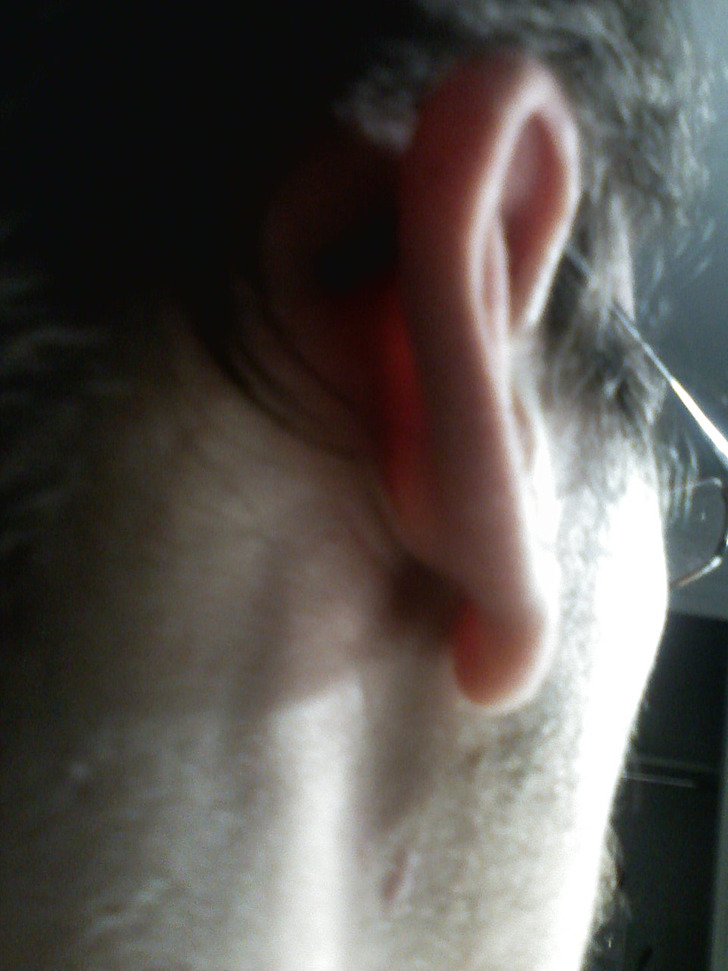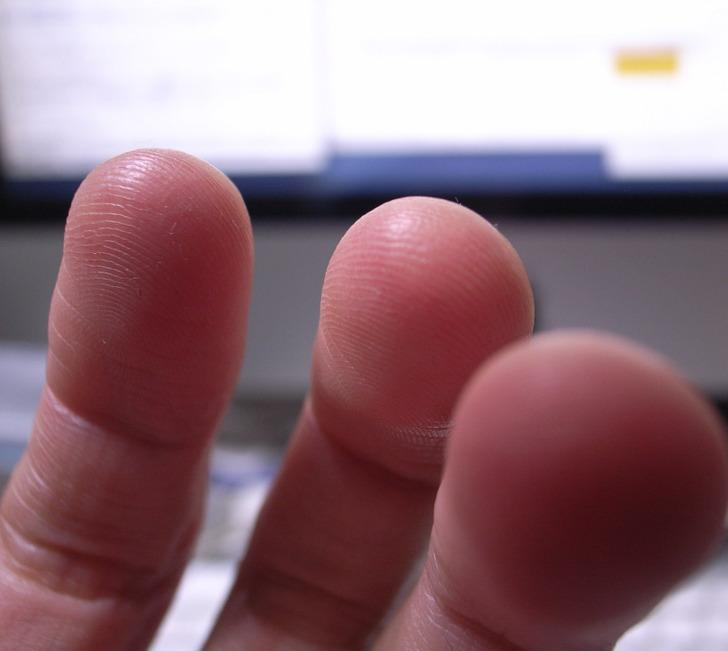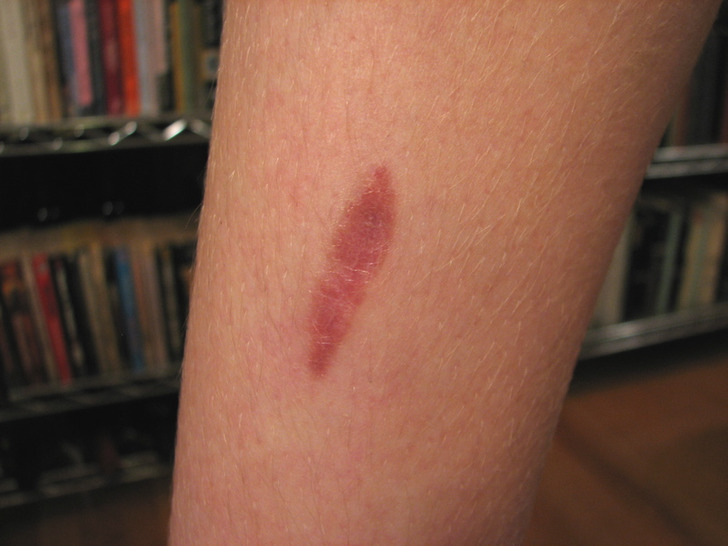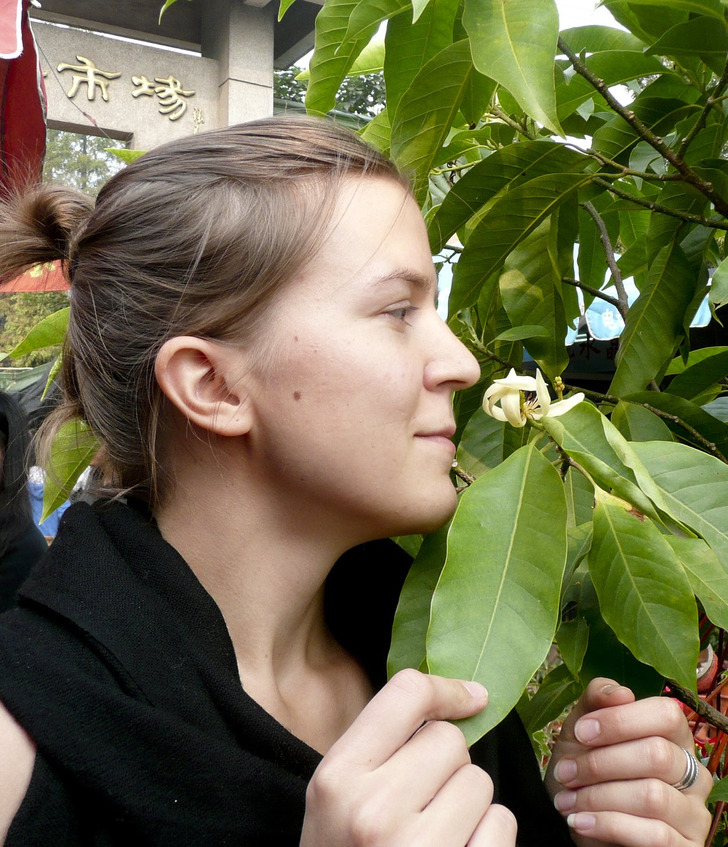12 Scientific Facts About Our Bodies That Sound Fake but Are Actually True

Modern science seems to have already solved most mysteries surrounding the human body. But scientists still keep surprising us with things that give us a different perspective on the body. For example, our noses really change when we lie, and our fingertips can even feel large molecules.
Thanks to our pupils, we can quickly count the number of objects.
Our eyes automatically estimate not only the shape, size, and motion of the objects around us but also the number. The mechanism responsible for it is in the pupils. We know that the pupils react to the change in the light, but scientists also found that when a person is looking at many objects, the pupils increase in size, and when we see fewer objects, they become smaller.
Our ears move, reacting to sounds.
Many animals can move their ears to focus their attention on new sounds. Scientists at Saarland University found that humans can do that too. When we hear potentially important sounds, the muscles around the ear contract to gather all the important information.
Gray hair can return to its normal color.

Stress and tension can make our hair gray. But it doesn’t happen in the blink of an eye. Grown hair can’t change its color. This happens in the follicles before our hair grows. But scientists from Columbia University discovered that after stress is gone, the hair can regain its normal color. So, after a man had a good rest during his vacation, his hair returned to its natural color.
Fingertips can even feel molecules.
Swedish scientists proved that our tactile perception is way more subtle than we thought. A human being can feel a bump corresponding to the size of a very large molecule. If our fingers were the size of the Earth, we could feel the difference between houses and cars. This discovery allows for a certain portion of a touch screen on a smartphone to be designed to feel differently by vibration.
We choose friends by smell.
We choose friends among the people that look like us, think like us, and have the same social status. But a study by the Weizmann Institute of Science showed that smell is also important. It turns out that we pay attention to smell when we meet new people. And we tend to like more the people who smell like us.
Ring fingers can tell a lot about us.
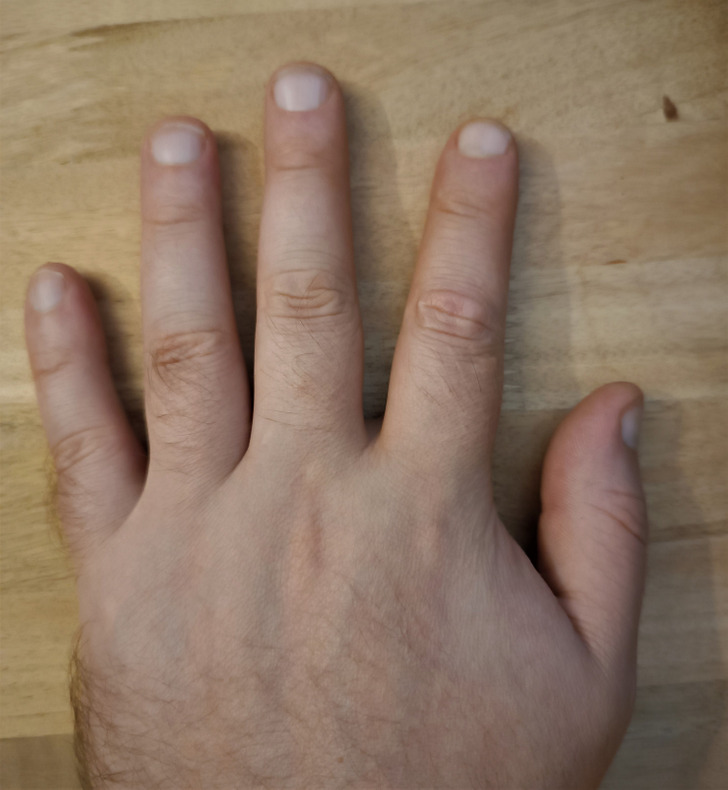
Faithfulness and desire to maintain a long-term monogamous relationship may depend on a person’s genes. Scientists at Northumbria University conducted a 20-year-long study and found that the length of the ring finger can tell whether a person will stay with a partner or leave them quickly.
The length of the ring finger compared to the index finger is affected by the amount of testosterone a fetus gets in the womb. If the ring finger is longer than the index finger, then the fetus received more testosterone. It means the person is more inclined to cheat, to be good at sports, or to suffer from anxiety.
Our faces change color depending on our emotions.
A study by Ohio State University showed that we pay attention not only to people’s facial expressions but also to the color of their faces. The nervous system changes the blood flow near the eyes, nose, forehead, and chin, so the color of the face varies depending on the feelings.
Even if a stranger is trying to look neutral, we can still guess how they are feeling. A slight blush means a person is happy, and a pale face indicates sadness. Scientists believe that in the future, they will be able to create “smart” beauty products that will hide or demonstrate certain emotions.
The skin learns to recover after injuries.
Our skin has the ability to memorize all the injuries and inflammation processes it has experienced. When part of our body gets hurt for the first time, the stem cells in the epidermis record this information. It helps the skin react to infections faster in the future, so all the following wounds and scratches will heal faster.
When we lie, the temperature of our body changes.
Our feelings and thoughts affect our body temperature. When we’re lying, the area around the nose gets warmer, and when we are thinking hard, the temperature of the entire face drops. So, using thermography, we can make conclusions about the emotional and psychological condition of people.
Lookalikes have similar DNA.
Now that we have internet, it’s easier to find our lookalikes. Scientists were wondering what makes totally unrelated people living in different parts of the world look so much like each other. People with similar faces share common genotypes that don’t only determine similar appearances but also habits and behavioral patterns.
Breathing through the nose helps us memorize things better.
For a long time, scientists have been trying to figure out how breathing is connected with the processes in our brains. The studies, conducted at the Karolinska Institutet, found that when we’re breathing through the nose, our memory works better, so we learn new things faster.
A simple kiss can cause an allergic reaction.
Studies show that the ingredients in the food we ate can still be traced in the saliva several hours later. So, if one of the partners is allergic to some food or medication, brushing their teeth and washing the mouth before kissing won’t prevent an allergic reaction. Experts recommend not to kiss for 24 hours after eating something your partner is allergic to.
Which of these discoveries seems the most useful to you?

